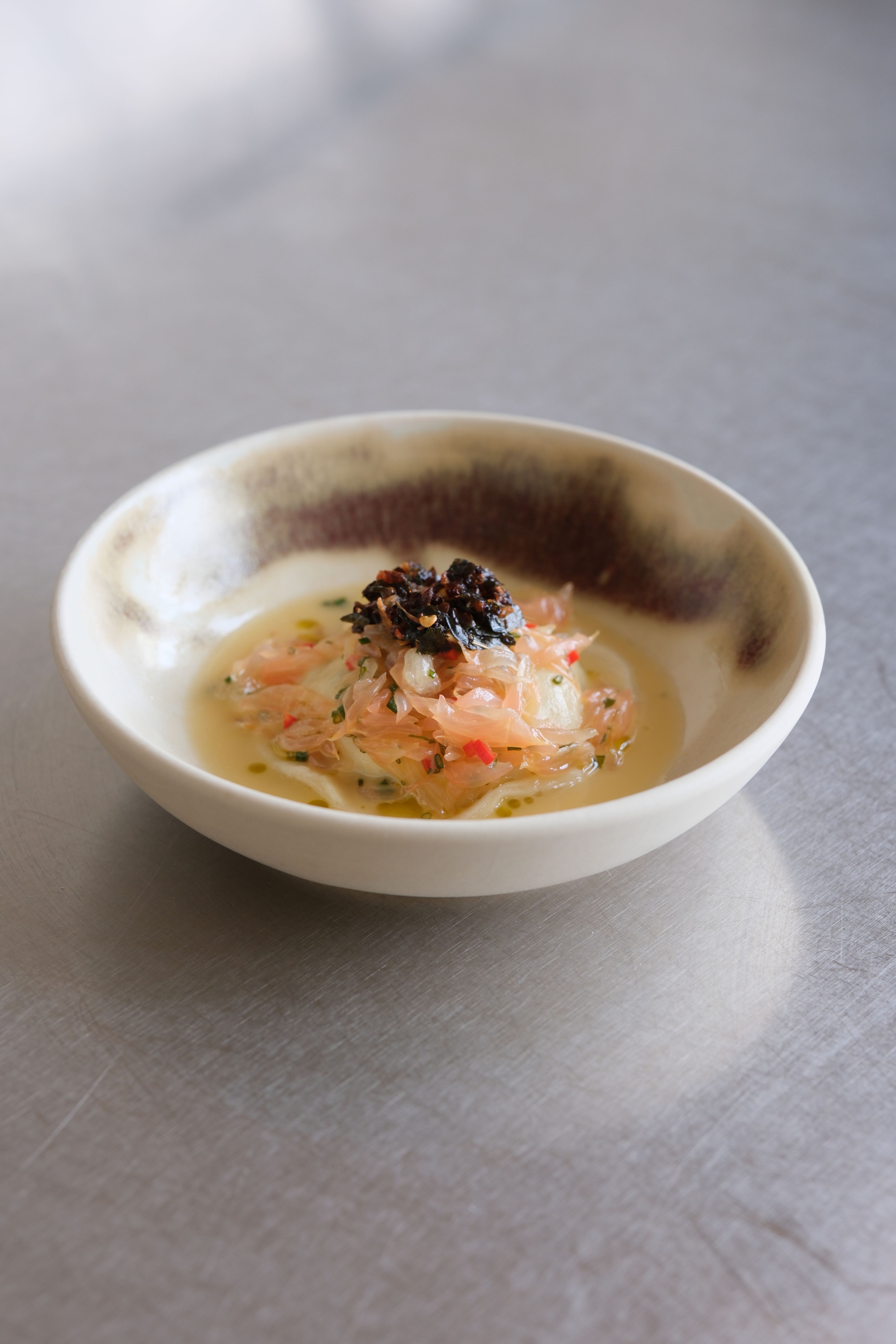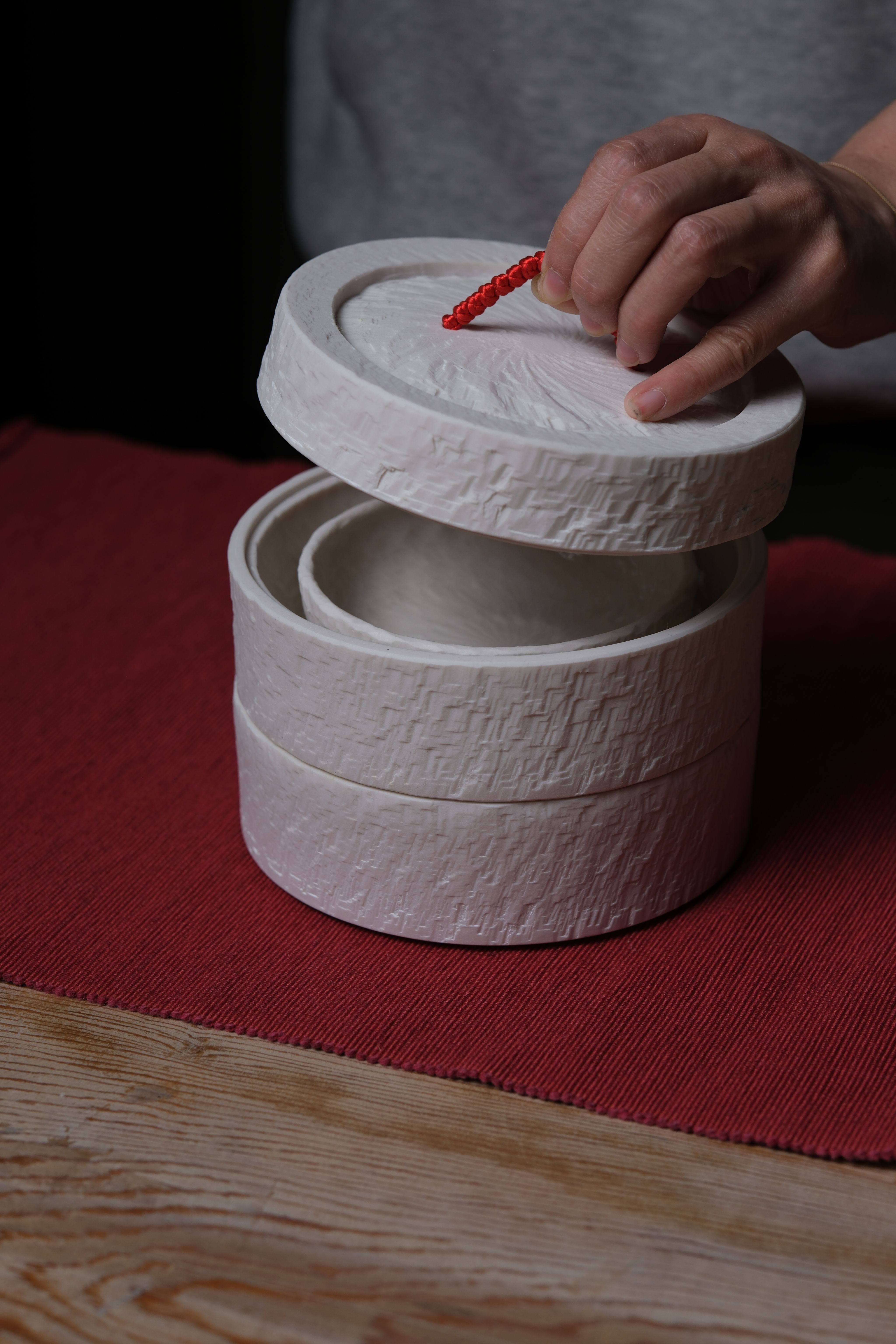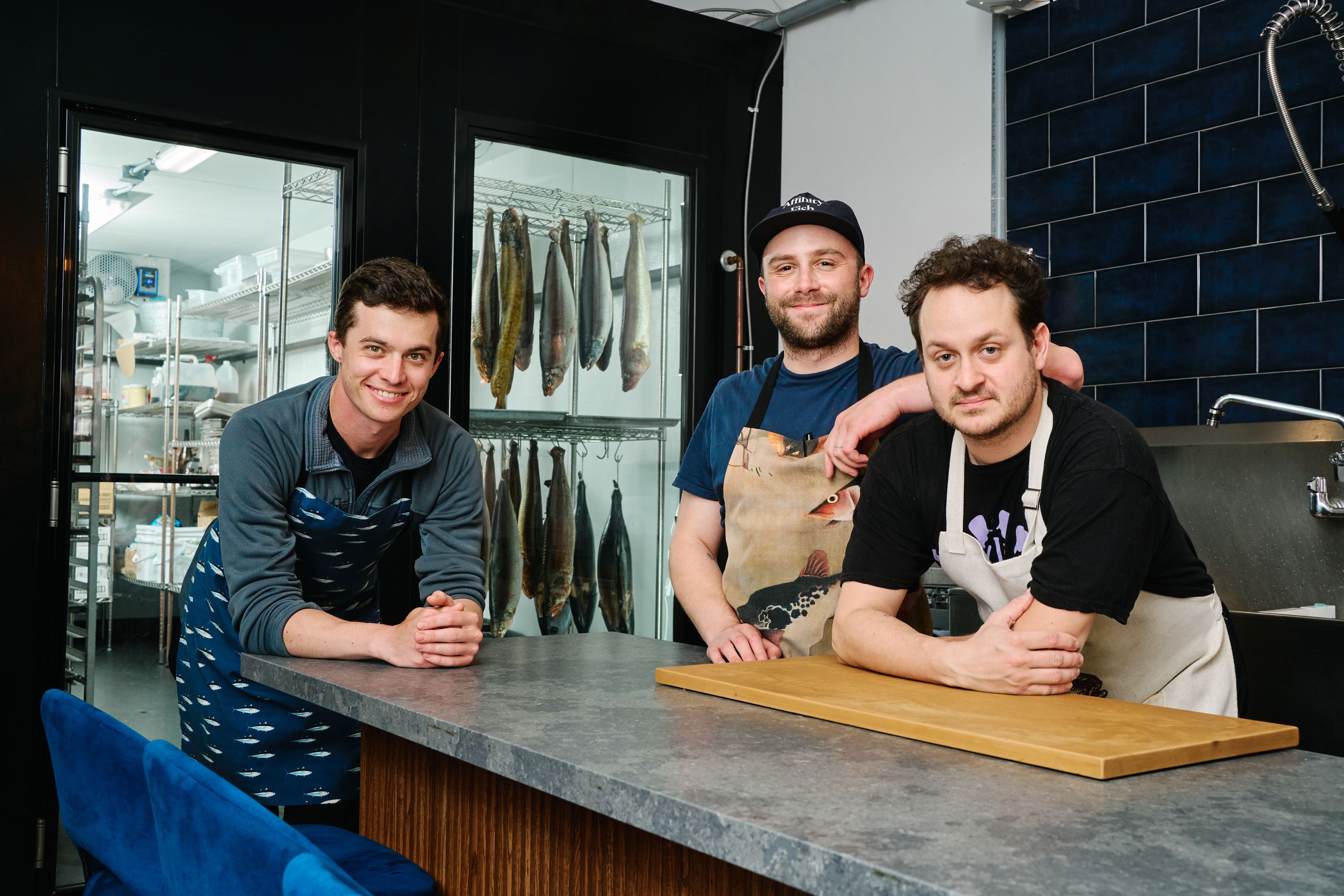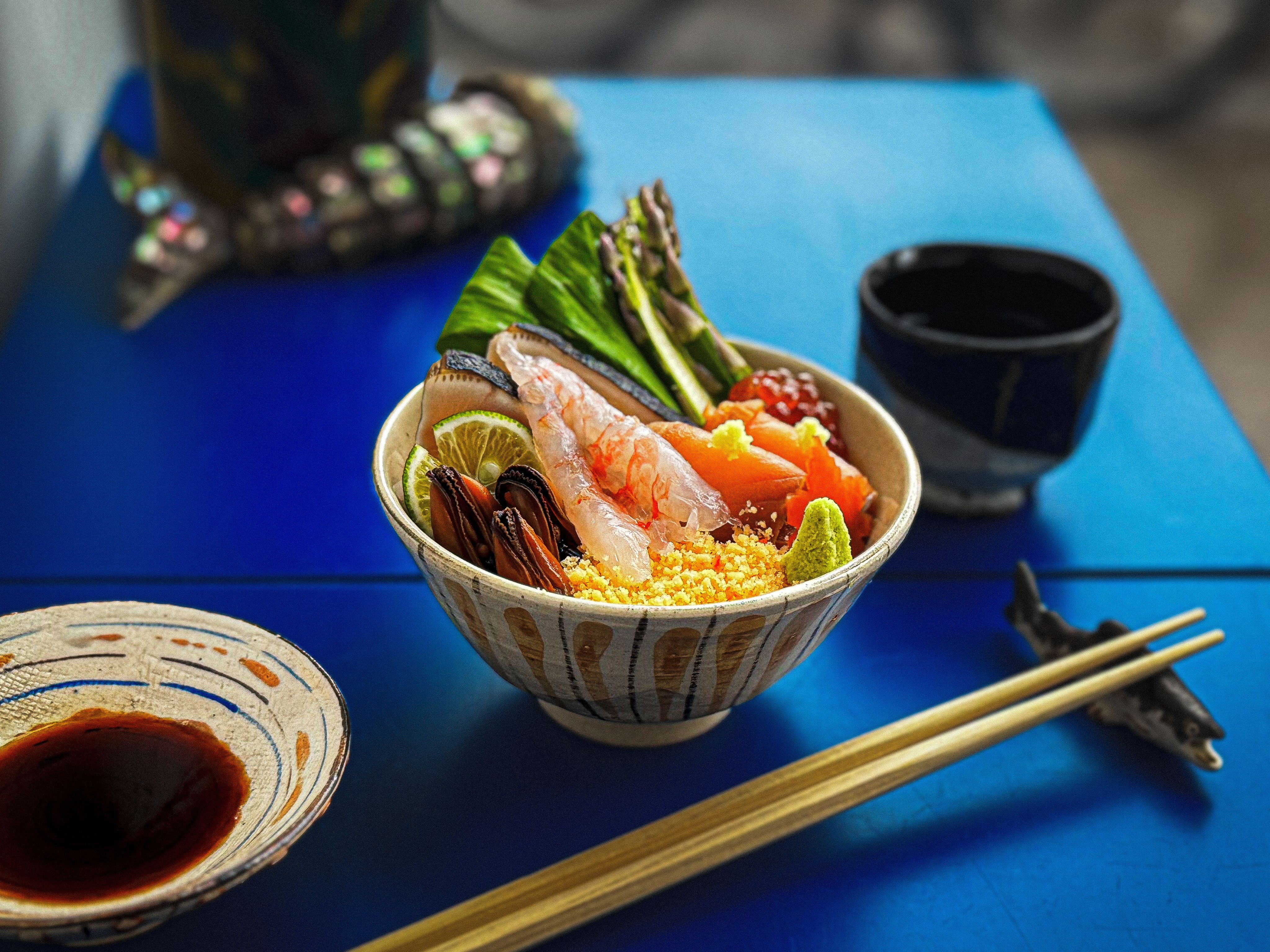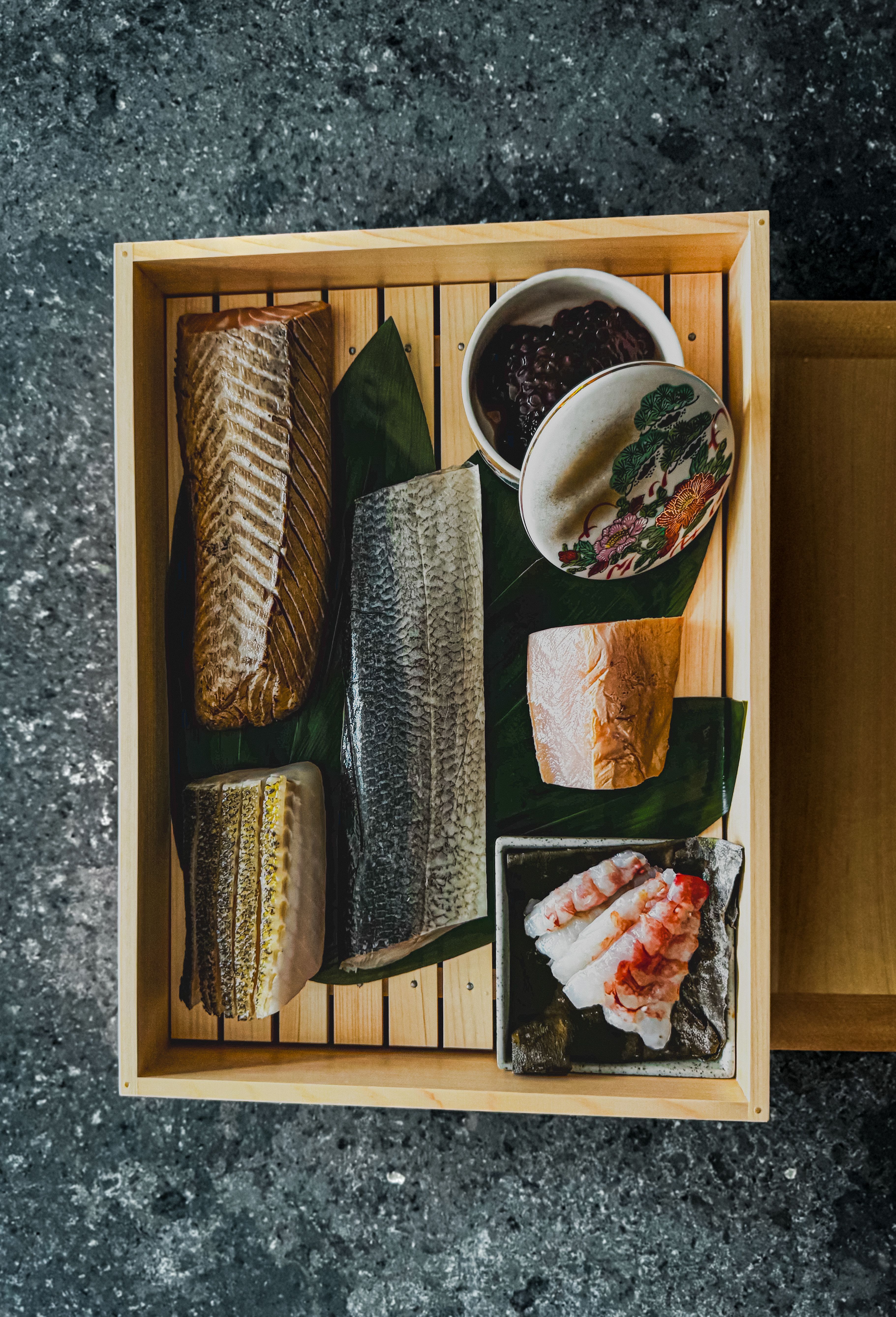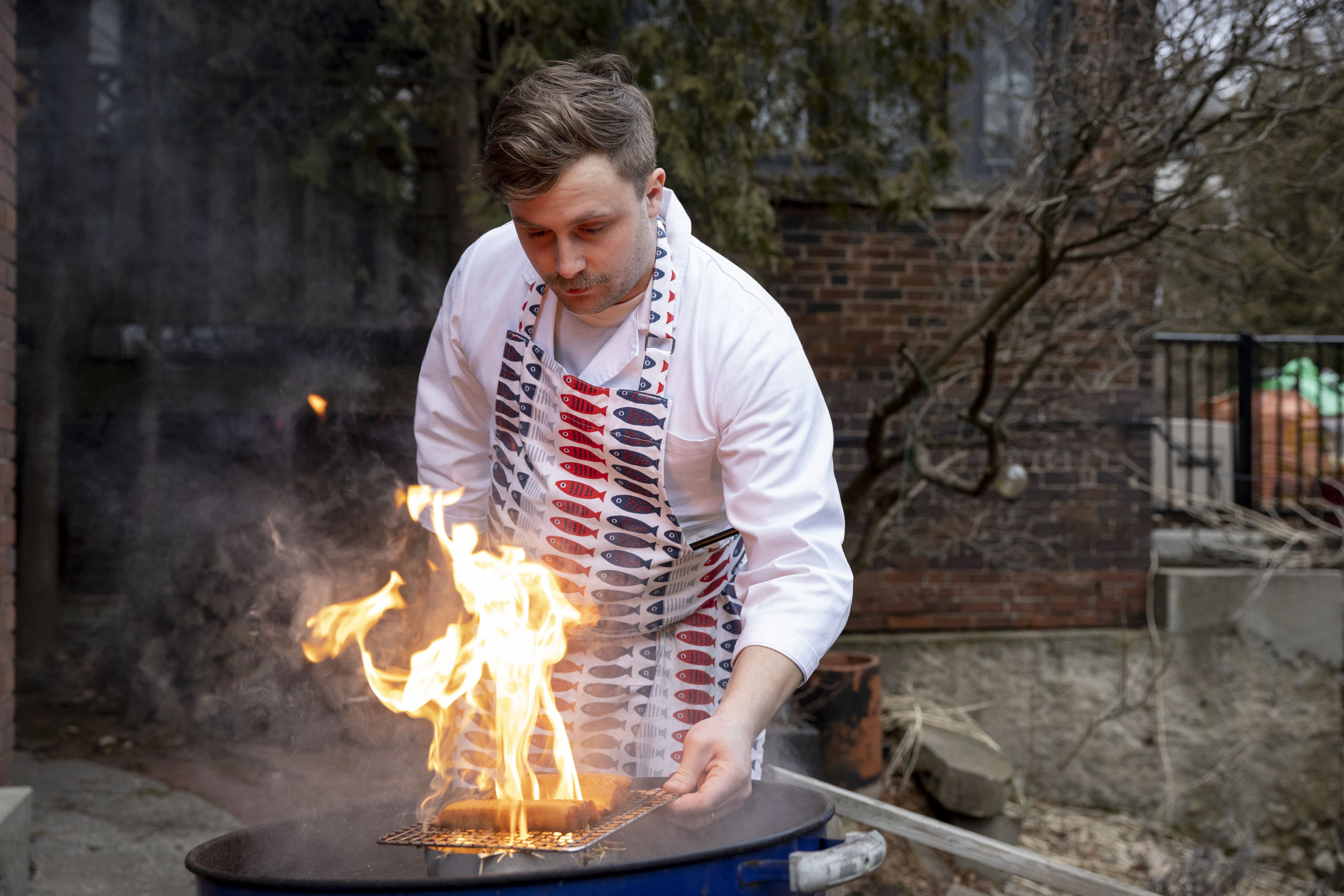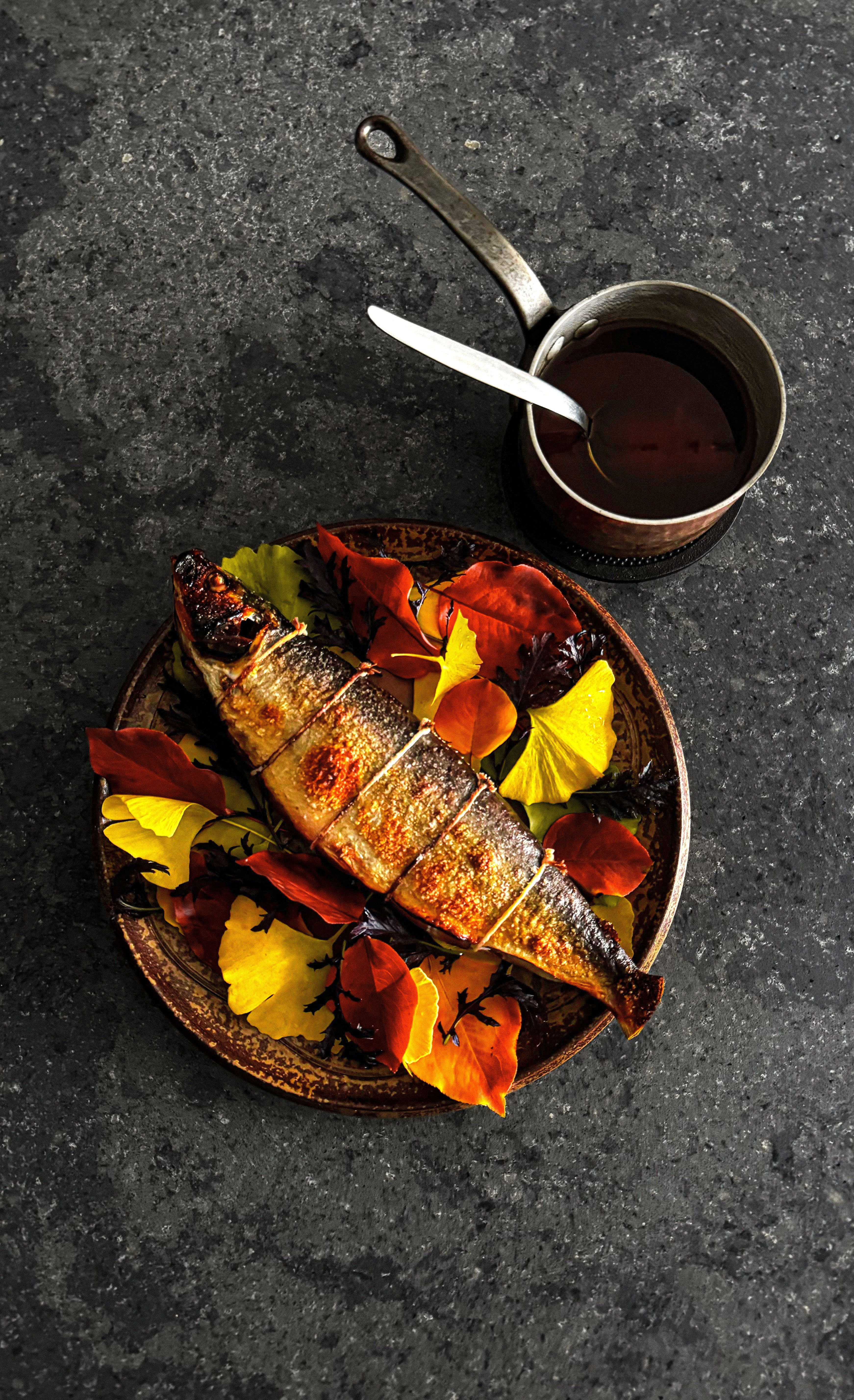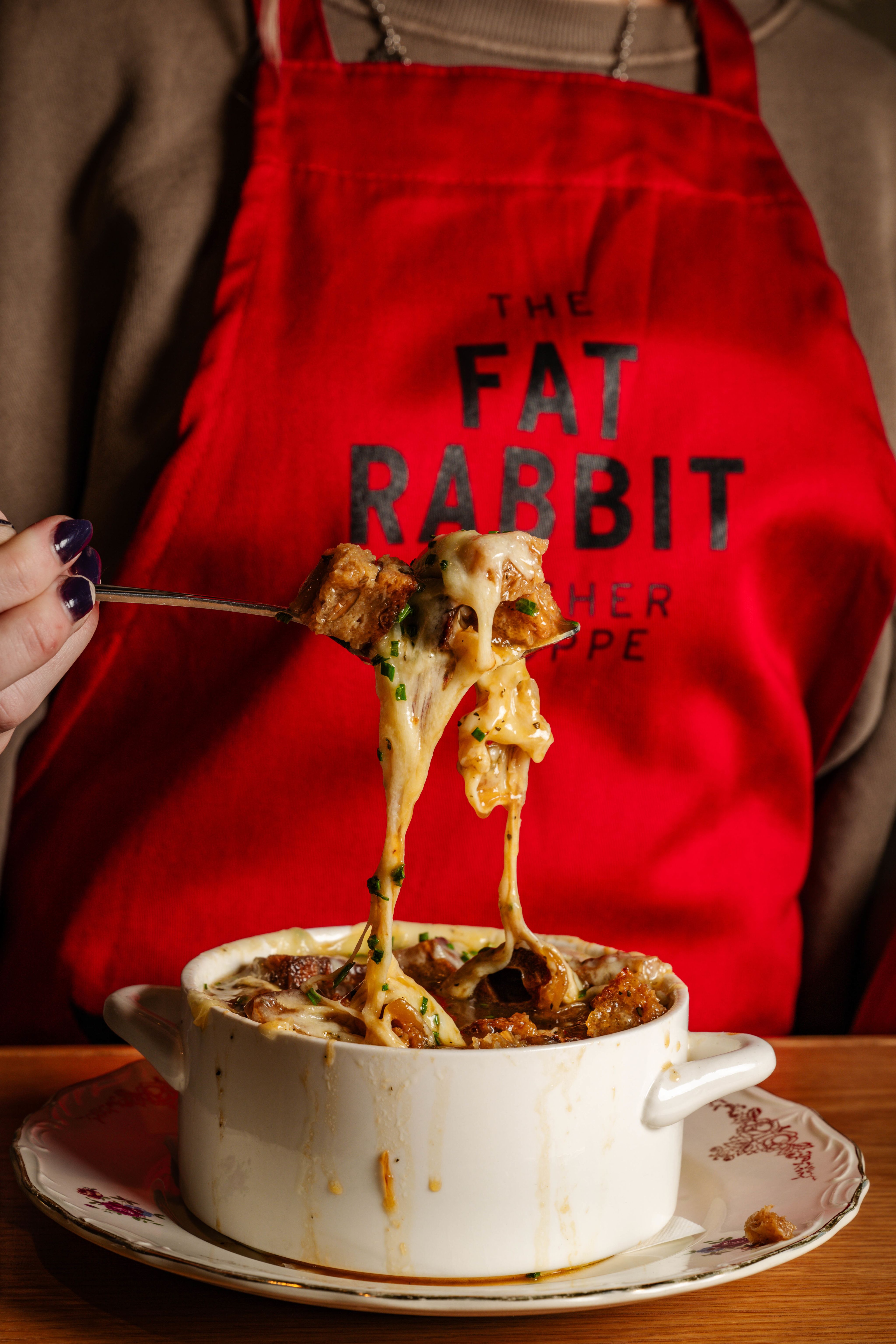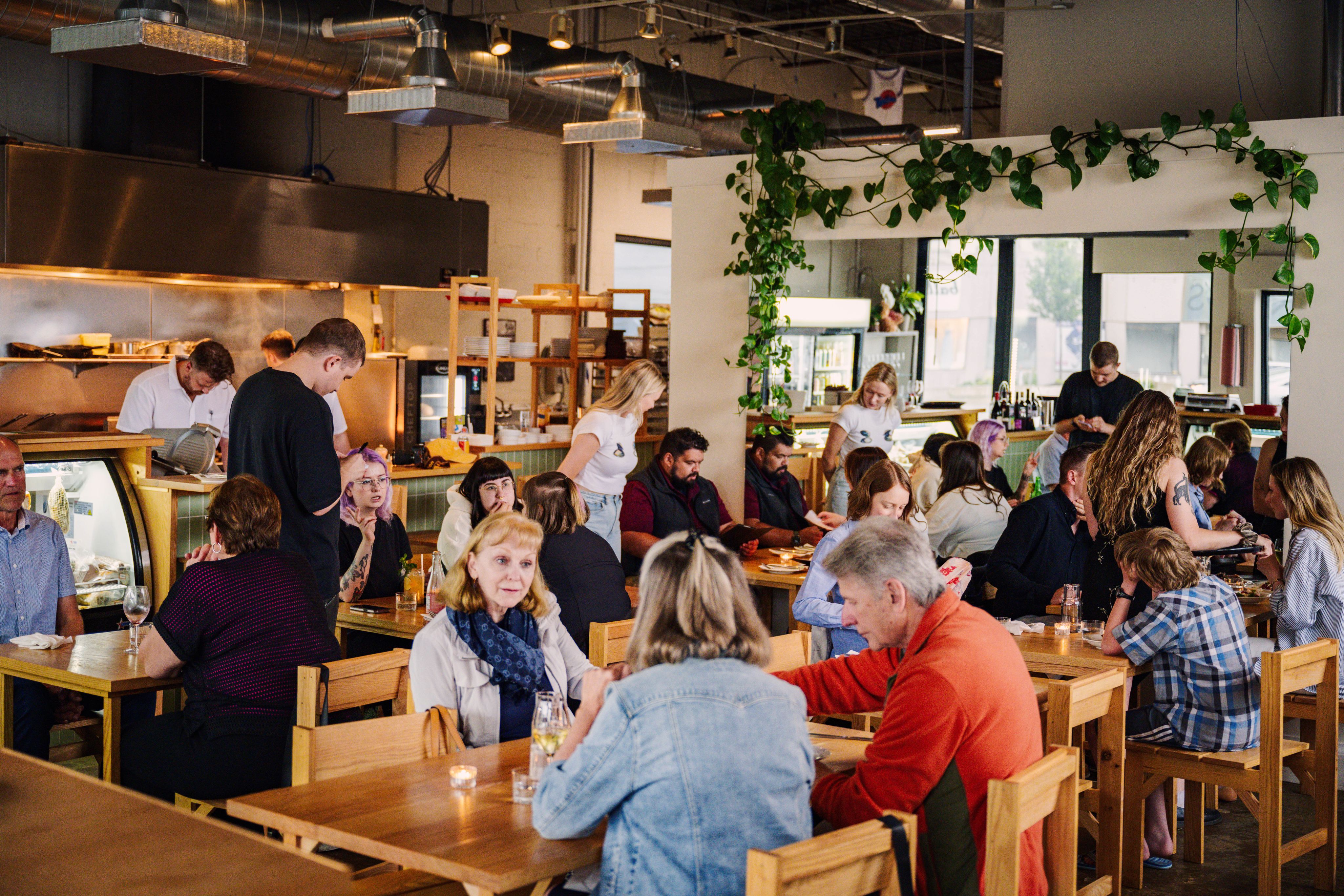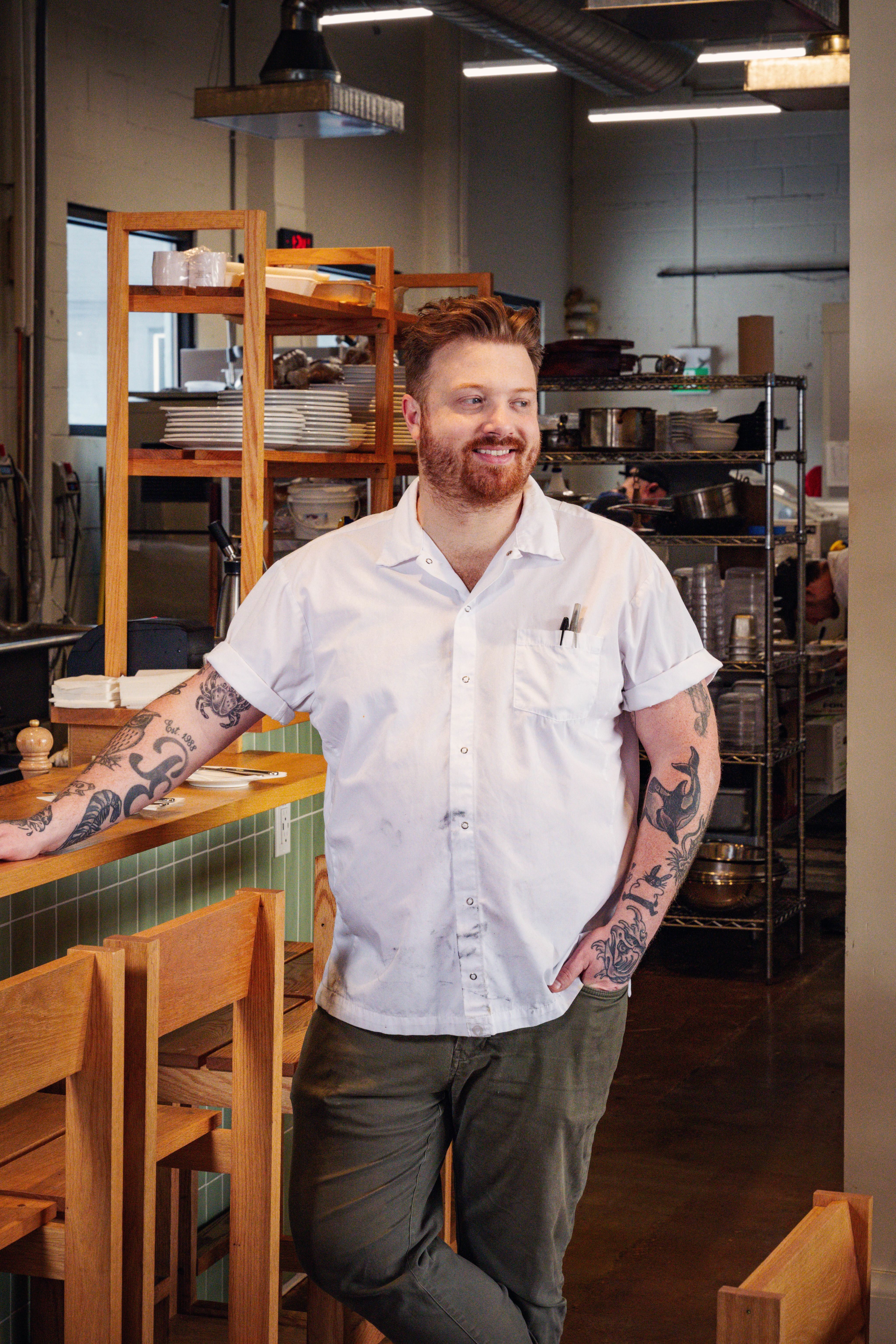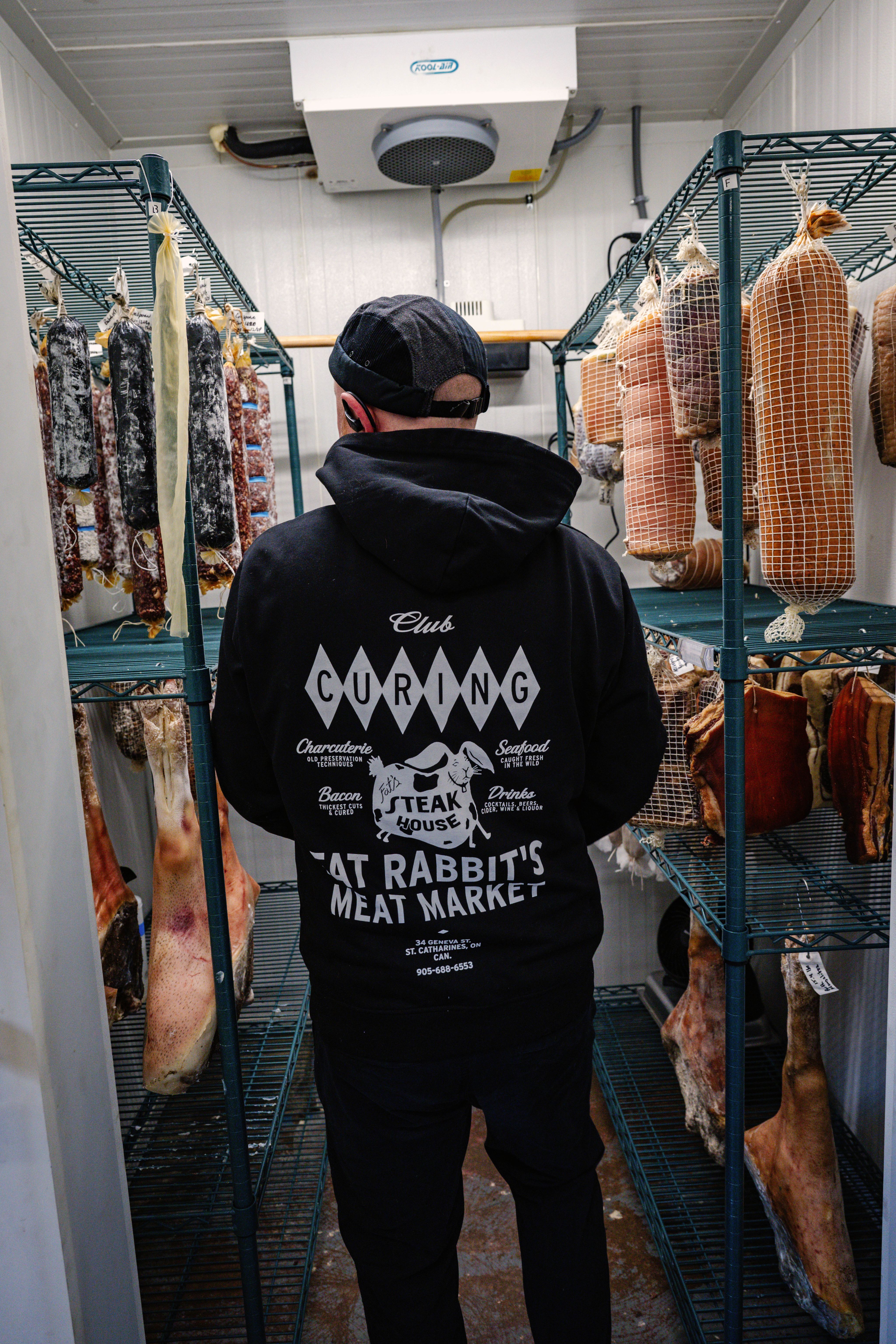Stirred to Move
Creative chefs are rewriting the recipe for culinary life
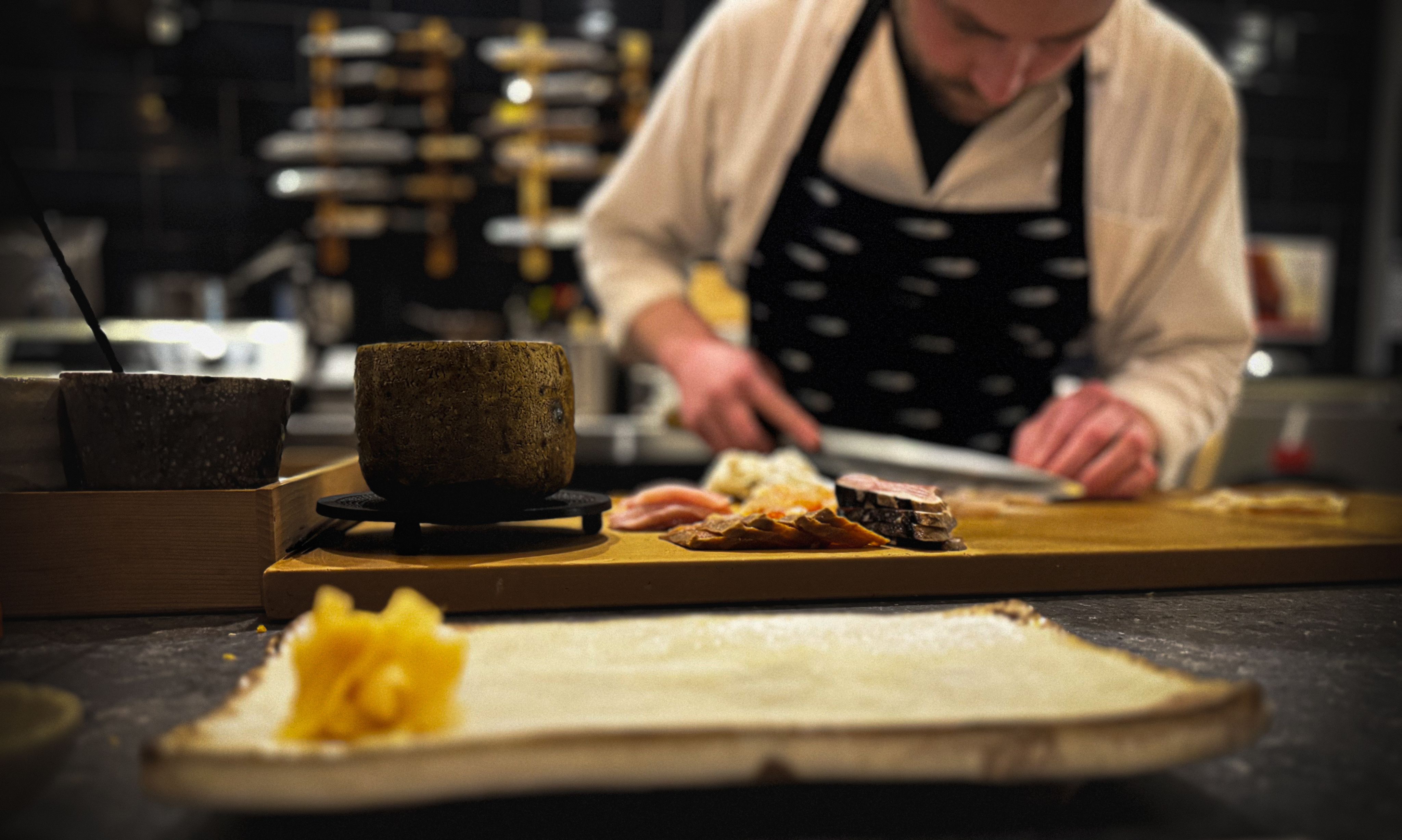
In a post-pandemic world, the traditional restaurant model is being reimagined — not out of desperation, but from a deep desire to build something more human, more sustainable, and more personal.
A growing number of chefs are choosing to leave behind the stress of 16-hour days and slim profit margins for something less conventional but more fulfilling: creative collaborations that blend food with art, design, community, and purpose.
These aren’t side hustles. They’re full-fledged, multifaceted businesses — often born from friendship, shared values, and a refusal to believe that being a chef has to mean burning out.
Here are three inspiring stories of chefs forging new paths by trusting their skills, expanding their revenue streams, and collaborating with the people and industries that fuel their creativity.
Goji Studio
Trusting the Craft
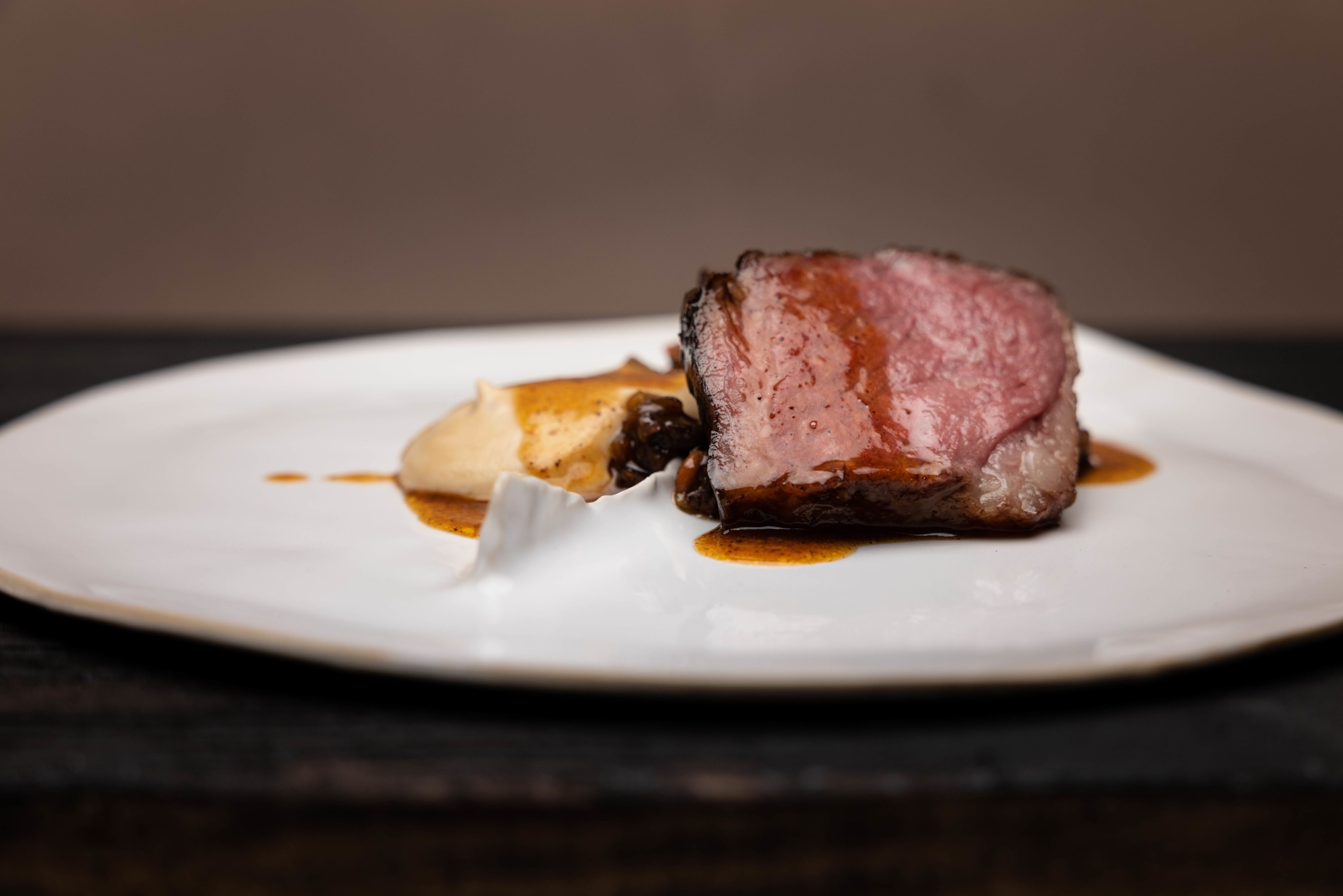
Ken Yau, the chef-ceramicist behind Goji Studio, walked away from the traditional restaurant path nearly a decade into his career.
“I found that by trusting my skills, I could generate more income through supper clubs than I ever could working full-time in a restaurant,” he says.
His collaboration with his partner Ashley Tse, an illustrator, wasn’t born from financial necessity, but from a shared belief that the culinary world didn’t have to be a grind.
Together, they built a hybrid space where the lines between art gallery, ceramics studio, and dining room blur into something truly intimate.
“There’s a natural crossover,” Ken shares. “Art guests become curious about the food, and supper club diners are drawn to our ceramics. We’ve even replaced gratuity with the option to purchase our art. People love taking home something we created.”
The logistics of transforming a ceramics studio into a dinner space — dust control, time management, maintaining flow — aren’t always easy. But the reward is connection.
“We’ve hosted over 200 supper clubs,” Ken says. “Each one is a shared energy exchange. We’re never rushing guests out. The model is designed so we don’t burn out, and people feel how present we are.”
Their business now includes supper clubs, art commissions, and custom ceramic plateware used in more than ten Ontario restaurants. It's not just a business— it’s a lifestyle built around intention, partnership, and joy.
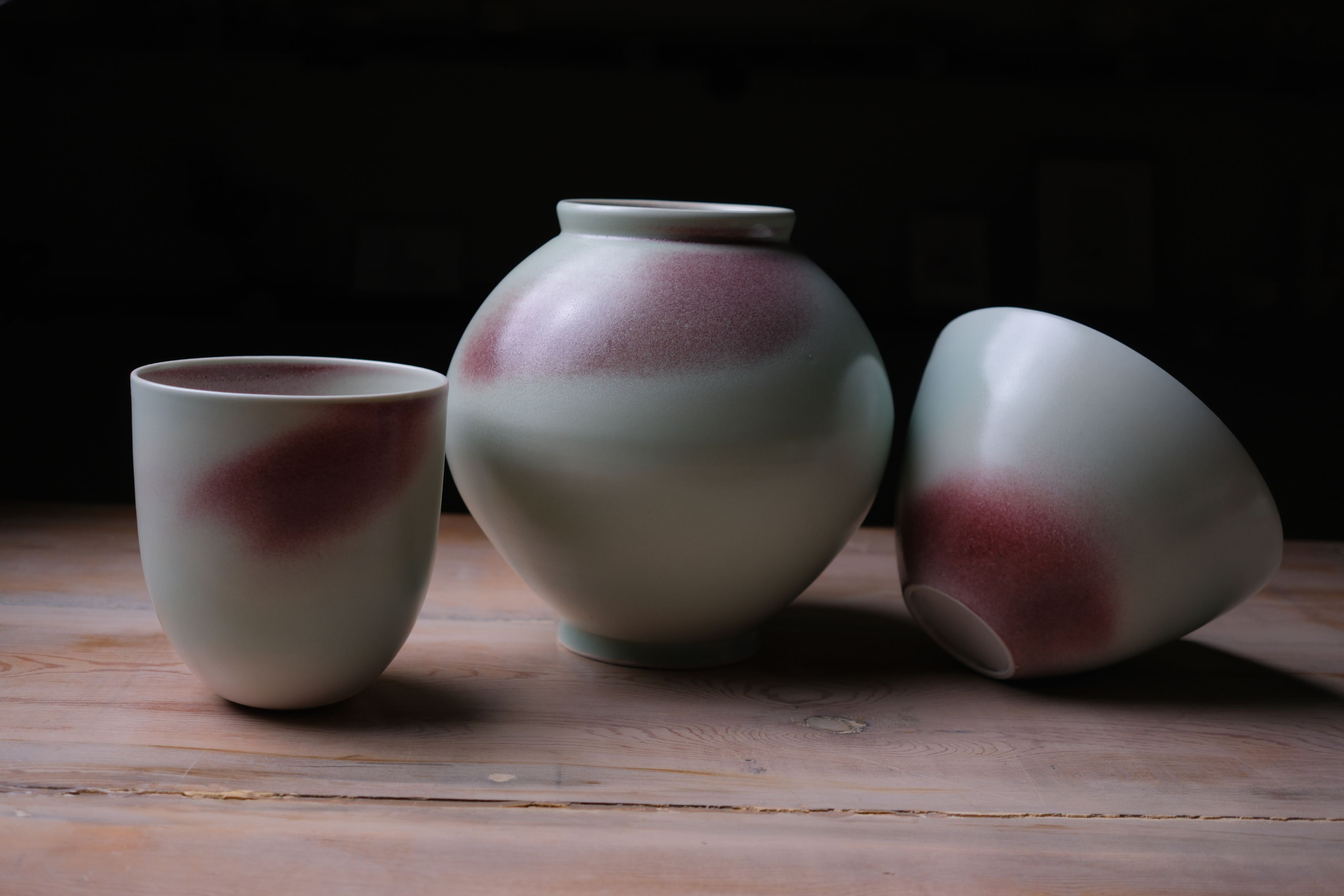
Affinity Fish
Building a Better Supply Chain
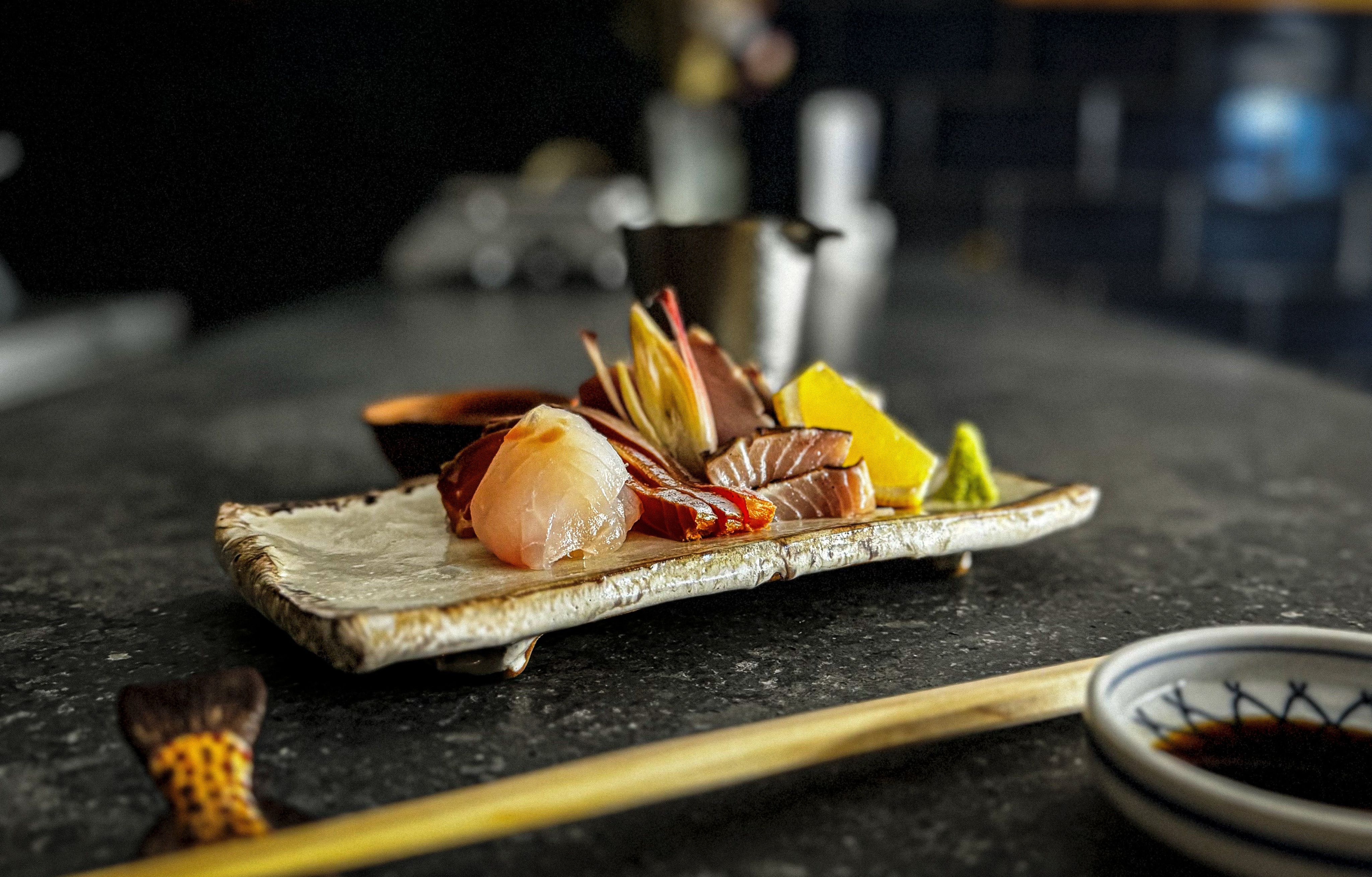
When chefs Matt Taylor and Jon Klip launched Affinity Fish, it wasn’t with a menu in mind — it was with a question:
Why is imported seafood often in better condition than fish caught a few hours from Toronto?
Their answer came in the form of a hybrid concept: part fishmonger, part sake shop, part micro-restaurant. With deep roots in Japanese technique — Matt trained in sushi, Jon in Kaiseki — they applied their craft to Ontario’s freshwater species, treating local fish with the same precision and reverence as bluefin tuna or uni.
Their lunch and dinner menus lean on what they call “plug-and-play” creativity: subbing local species into classic Japanese preparations.
“We take a dish that usually uses a certain type of fish and apply a local alternative with a similar texture or fat content,” says Matt. “It keeps the menu true to its roots, while giving us room to innovate.”
Running a multi-use space comes with its challenges — a small kitchen footprint, tight resources — but it has also opened new revenue streams: retail sales, wholesale, and dining service.
“We’re cooking 10-course tasting menus on two induction burners and one electric stove,” Matt laughs. “But we’re making it work.”
Perhaps most importantly, they’re learning how their experience as chefs extends far beyond cooking.
“I’ve been paying myself a reduced wage to keep the business going,” Matt admits. “But I’ve realized our kitchen knowledge translates into consulting, branding, and design. There are so many ways to use our skills.”
Fat Rabbit
A Circular Economy of Meat
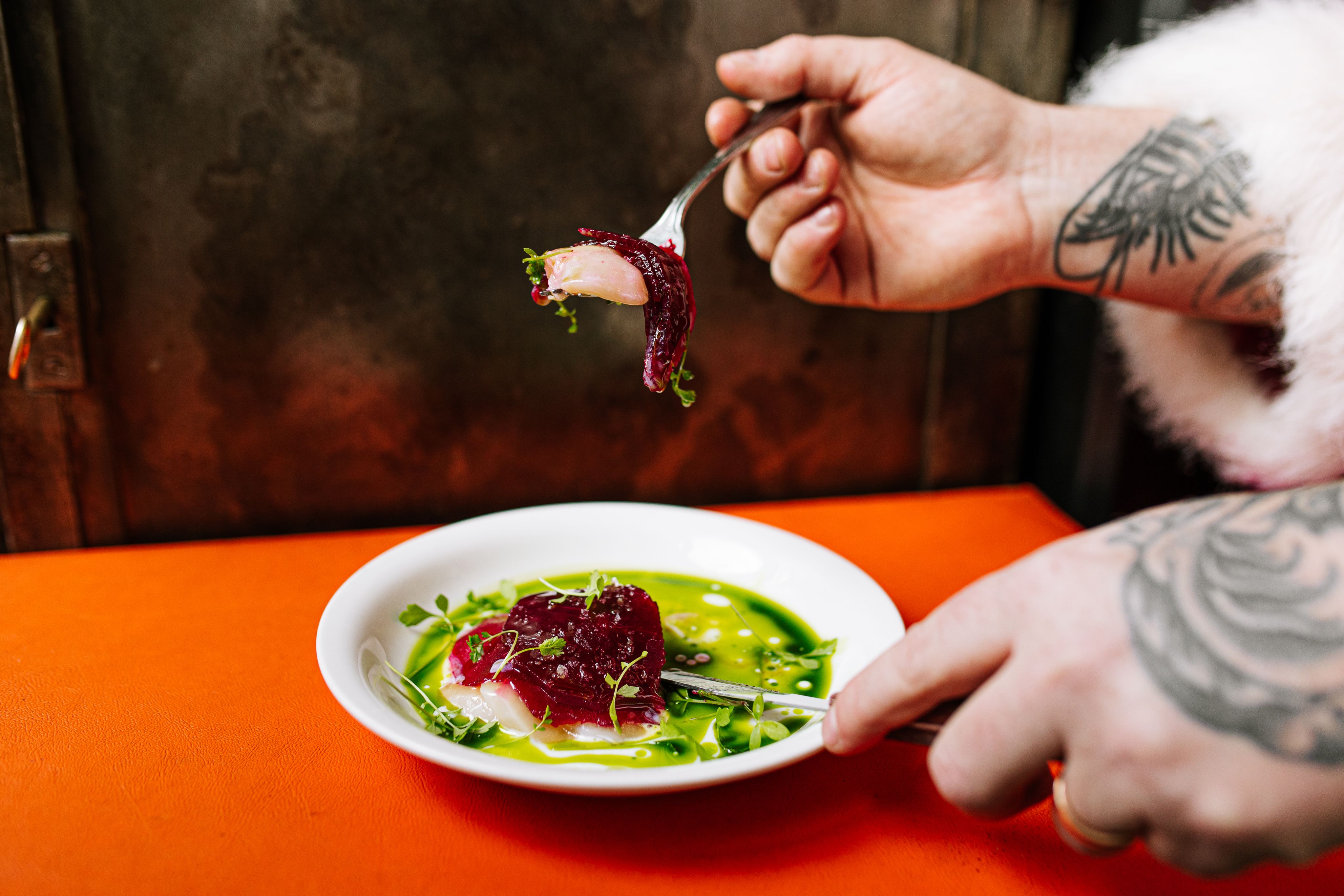
For Zach Smith, co-founder and Executive Chef of Fat Rabbit, the journey started with a desire to open a butcher shop that respected whole animals, championed lesser-used cuts and practiced nose-to-tail butchery rooted in tradition.
The restaurant came later, a natural evolution designed to maximize efficiency and ensure nothing went to waste.
“The restaurant allows us to move product that might not sell as quickly in the butcher shop,” Zach explains. “It’s a cyclical model — each part supports the other.”
Fat Rabbit is now a multifunctional space: butcher shop, catering business, and restaurant all under one roof. It can be confusing to new customers, but once they’re in, the logic becomes clear.
“You see how the system works, how the fat trimmings get used, how the revenue supports the craft,” Zach says.
Diversifying his business, Zach says, has created stronger margins than a standalone restaurant ever could. But it’s not about doing more for the sake of it.
“Everything has to be done well,” he emphasizes. “More isn’t always better. The question is: is this supporting the business, or just adding noise?”
A New Blueprint
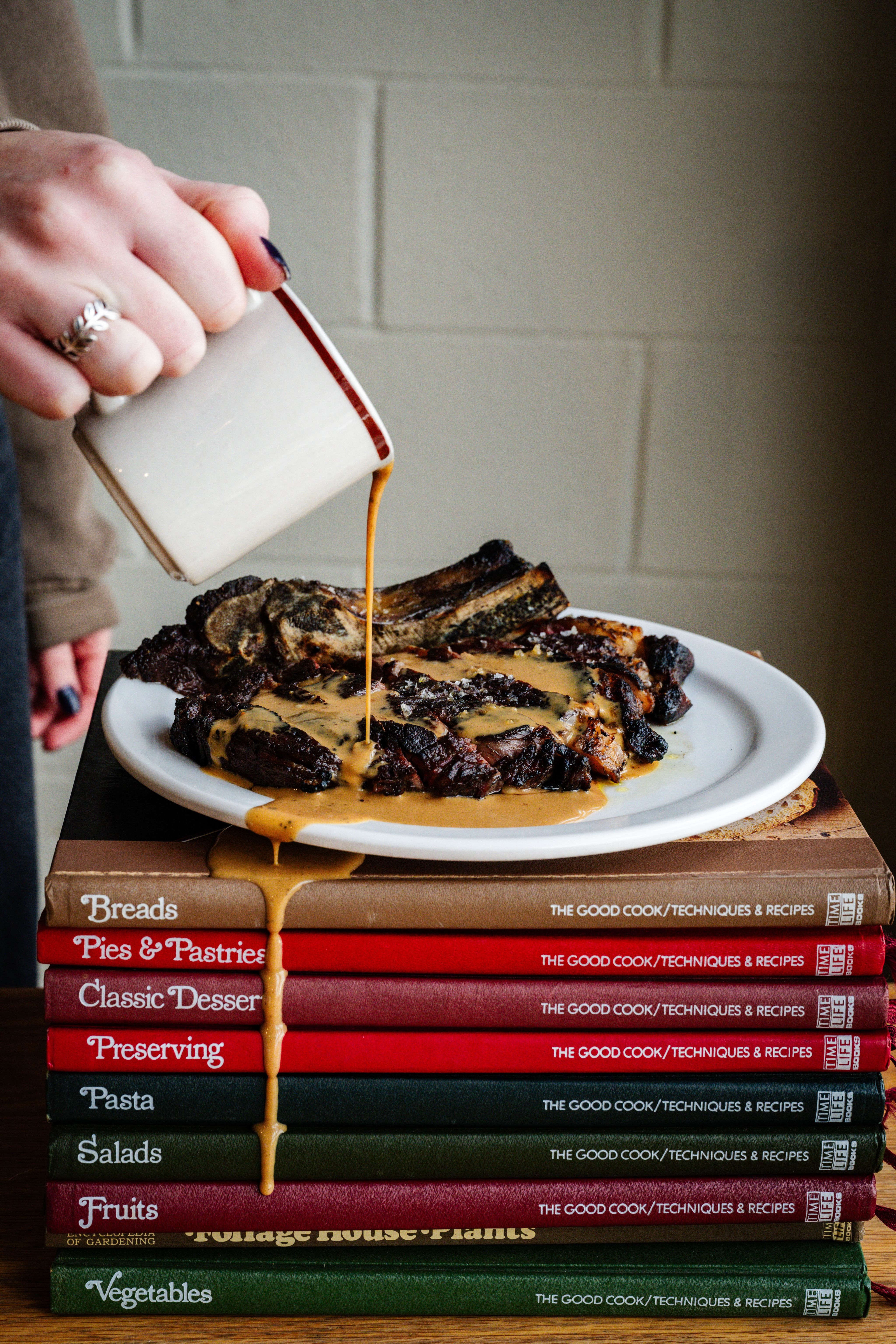
What ties these chefs together isn’t just their entrepreneurial spirit; it’s their willingness to trust their instincts, lead with passion, and challenge the traditional mold of hospitality.
They’re not only chefs, but also artists, educators, designers, consultants, and collaborators.
“Collaboration is essential,” Ken says. “But it must come from the right place. Don’t do it just to cover rent, do it because you genuinely believe in what you’re creating together.”
Matt echoes the sentiment: “More chefs are adopting the co-chef model. Two minds really are better than one, if you can set your ego aside.”
As the industry looks ahead, one thing is clear: the future of hospitality won’t be defined by Michelin stars or square footage. It’ll be built by the people brave enough to trust their craft, take risks, and redefine what success looks like, on their own terms.
“At the end of the day, we’re creators,” Zach says. “These new models let us keep creating, without burning out.”
Imrun Texeira
Chef Imrun Texeira is an acclaimed culinary talent with over 15 years of experience, having worked in top restaurants like the 3-Michelin-starred Noma in Copenhagen. In 2023, he was honoured with the Leader Award of Excellence from Restaurants Canada and the Alumni of Distinction Award from Algonquin College. Recognized as one of Canada’s Top
30-Under-30 hospitality leaders, Imrun owns Wanderlust, a premier private dining experience in Toronto, where he explores modern Canadian cuisine. He also advocates for mental health in hospitality as the Chief Ambassador for The Burnt Chef Project and educates children about Hospitality & Tourism Pathways.

Canada. Crafted by Canadians.


